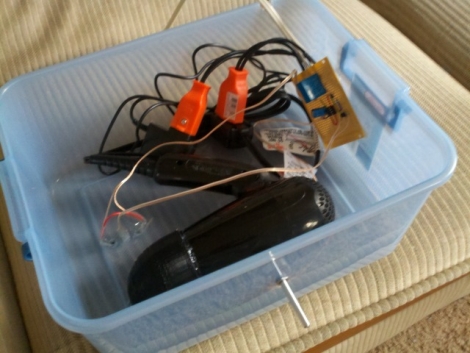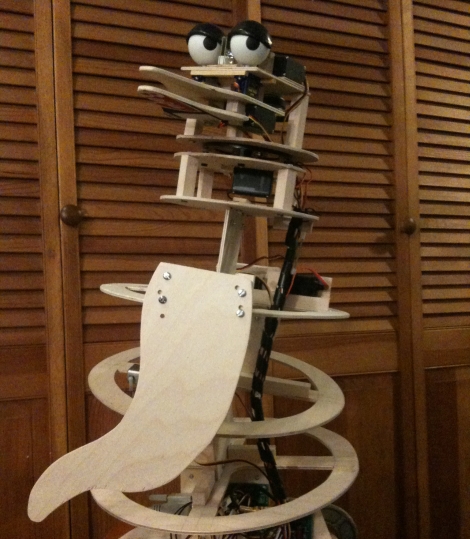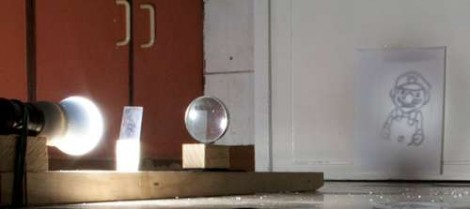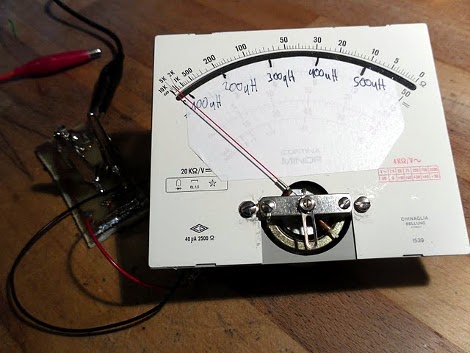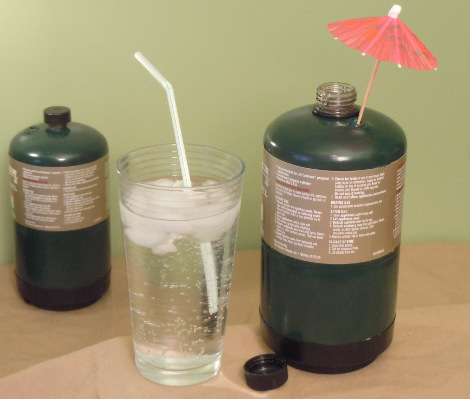
So you fancy yourself as an amateur engineer? Been working on those welding skills for a while? The real test is to trust your children’s lives on a roller coaster you’ve designed and built (translated).
Now we’re not talking some tired old carnival ride like the teacups. This is a full-blown roller coaster, complete with an upside-down loop. The ride starts off with a chain-lift to the top of the garage/barn roof. From there it’s off and away on the single-rider train. We’d recommend keeping your hands and feet inside the car… if there was a car. The ride utilizes an automobile seat, but you’ll have to settle for a lap-belt as there’s no shoulder restraint here. We’re a bit wary of the track footings – we’d bet they’re not well anchored in the ground – but the fact that the entire length of track has been painted makes us think that [John Ivers] might have known at least a little bit about what he was doing. Don’t forget to catch the video below the fold.
Update: Much better video now embedded after the break thanks to [Tom 101’s] link in the comments.
Update: Source link changes to the original thanks to [Mike’s] comment.
Continue reading “Entrust You Kid’s Life To A Homemade Roller Coaster?”

